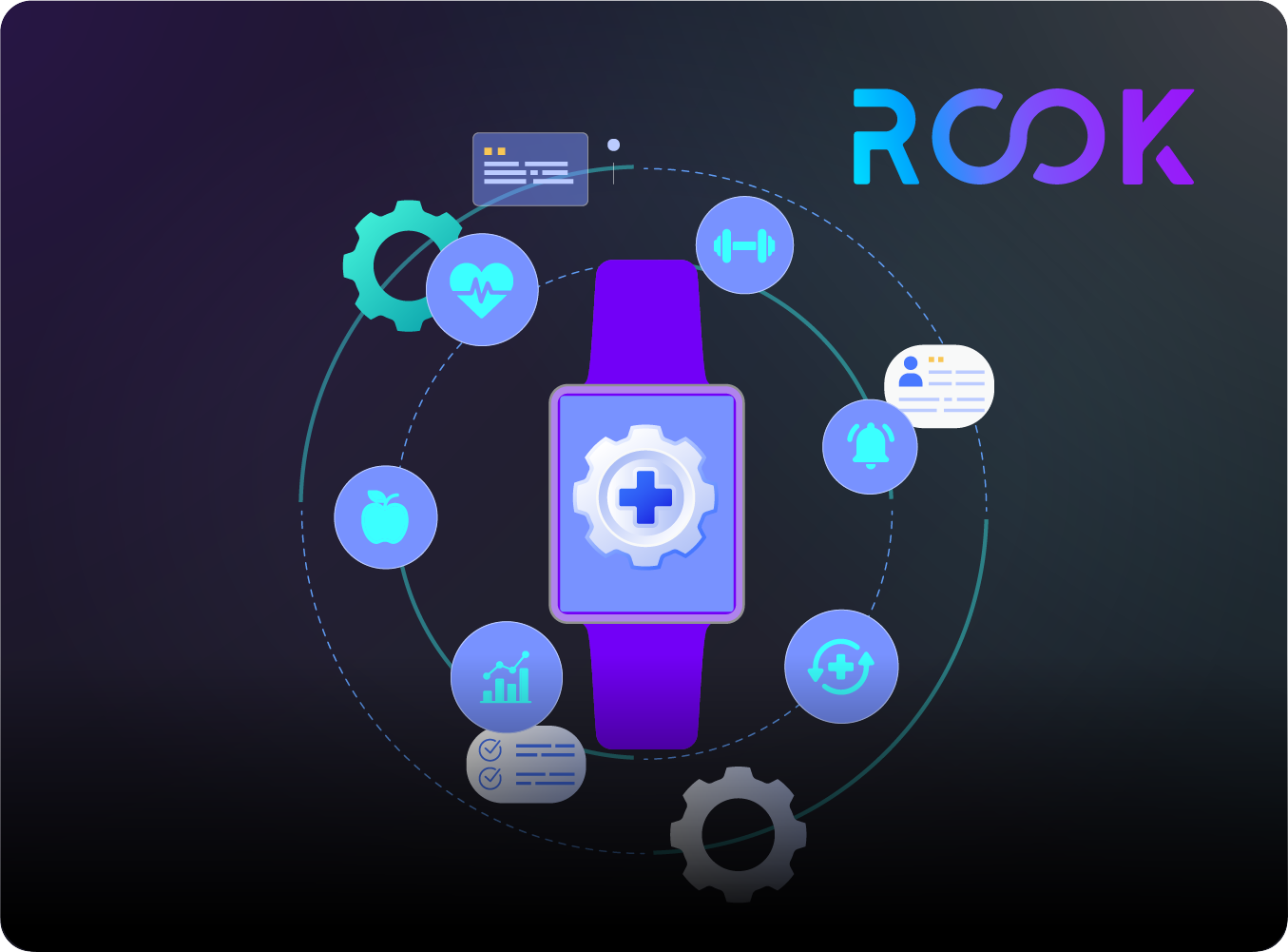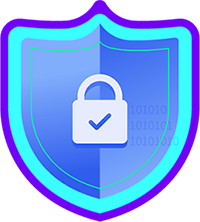How to Access Health Data From Wearables
Wearable devices have become an essential tool for tracking health and fitness. From smartwatches to fitness bands, these devices collect a wide range of metrics, including heart rate, sleep patterns, activity levels, and more. For companies, accessing this data can unlock powerful insights to enhance user experiences, improve health outcomes, and create personalized services. In this article, we explore how to access health data from wearables efficiently and securely.
Understand the Type of Data Available
Wearables collect a variety of health metrics, depending on the device and its sensors. Common data points include:
Heart rate and heart rate variability
Steps and activity levels
Sleep duration and quality
Calories burned
Blood oxygen levels
ECG or other advanced biometric signals
Understanding what data is available helps you determine what is most relevant for your application or service.
Use the Manufacturer’s API
Many wearable manufacturers offer APIs to access the data collected by their devices:
Apple HealthKit for iOS devices and Apple Watches
Google Fit for Android devices and compatible wearables
Fitbit Web API for Fitbit devices
Garmin Health API for Garmin wearables
These APIs allow developers to access user data securely, but each platform has its own requirements, data formats, and privacy guidelines. Using these APIs often requires users to grant explicit permission to share their data.
Consider a Unified Health Data Platform
Integrating multiple APIs from different wearable devices can be complex and time-consuming. A unified platform like ROOK simplifies this process by providing a single API that aggregates data from hundreds of wearables and health apps. This approach offers several benefits:
Centralized access to multiple device types
Standardized data formats for easier analysis
Real-time insights for more responsive applications
Reduced development time and maintenance costs
With a unified API, your team can focus on building value-added features rather than managing multiple integrations.
Ensure Compliance and Data Privacy
Accessing health data comes with responsibilities. Regulations like GDPR, HIPAA, and other regional privacy laws require that user data is handled securely and with consent. Best practices include:
Encrypting data both in transit and at rest
Collecting only the data necessary for your service
Providing transparent user consent flows
Allowing users to manage or revoke permissions easily
Adhering to these principles protects both your users and your business.
Analyze and Act on the Data
Once you have access to health data, the next step is turning it into actionable insights. Companies can:
Personalize workout plans based on activity and biometrics
Monitor sleep patterns to suggest lifestyle improvements
Track trends over time to identify early health risks
Provide AI-driven recommendations for wellness programs
By leveraging wearable data effectively, businesses can create smarter, more adaptive health and fitness experiences.
Conclusion
Accessing health data from wearables opens the door to a new level of personalization and insight. Whether using device-specific APIs or a unified platform like ROOK, the key is to combine secure access, compliance, and actionable analysis to deliver meaningful experiences. The future of health and fitness relies on data-driven solutions, and wearables are at the center of this transformation.






